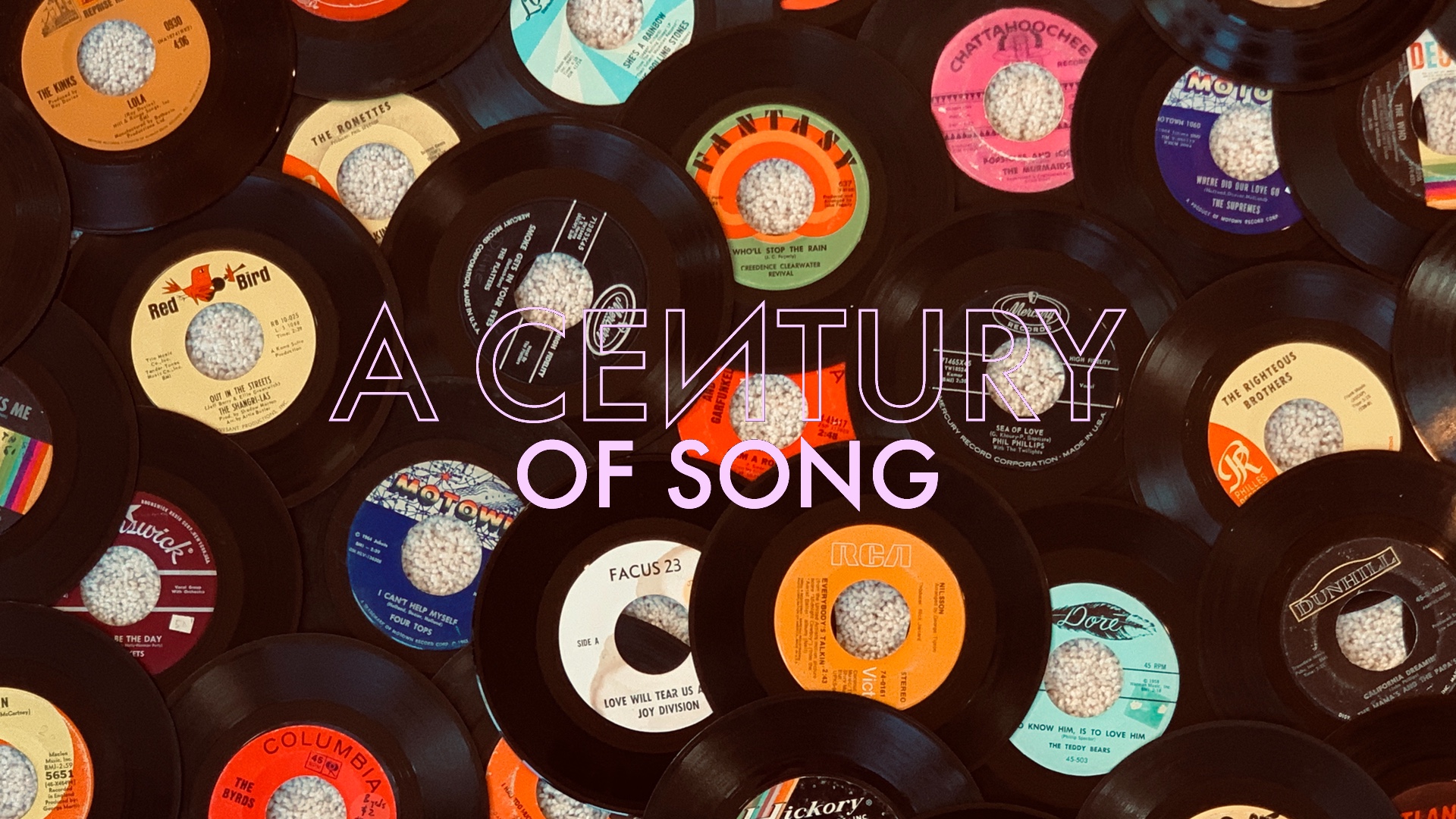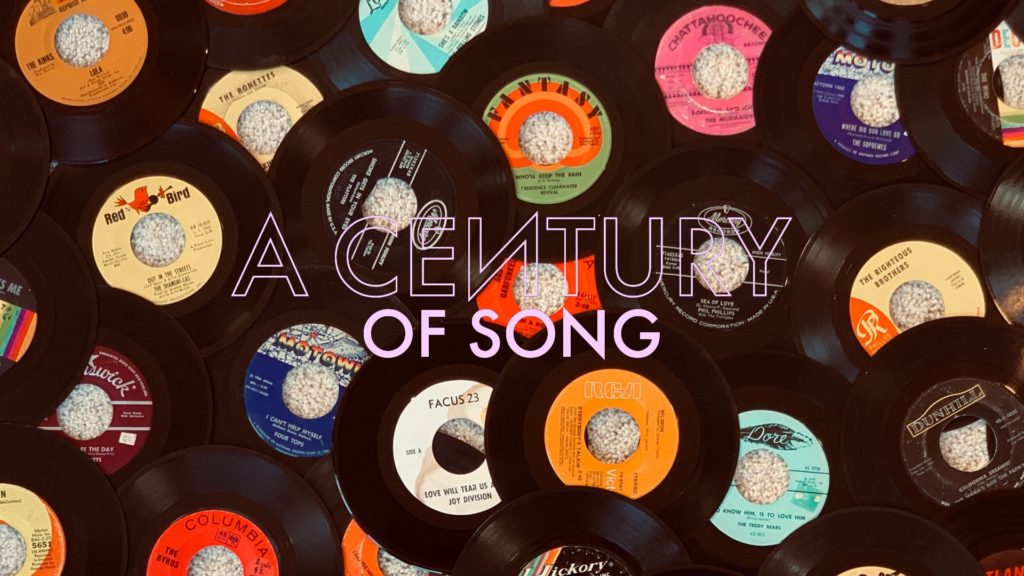
A Century of Song is an attempt to summarize 100 years of popular music through 1000 carefully chosen tracks. Included within this list are landmark singles, stellar album cuts, huge hits, hidden gems, and more than a few personal favorites. Read the introduction for the project here, and enjoy the embedded videos and Spotify playlist.
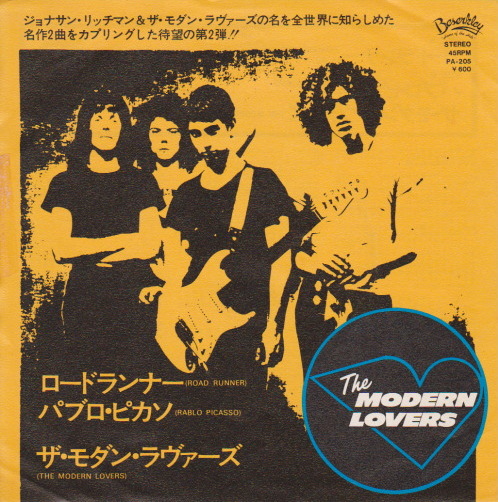
180
Quite possibly the greatest road trip mixtape song of all time, “Roadrunner” is the signature track from The Modern Lovers, and the highlight of the Boston group’s lone album. While bandleader Jonathan Richman would return to the song on his own – and in other incarnations of The Modern Lovers – it’s the original 1972 recording that remains one of the purest distillations of joy in the history of rock music.
As a teenager, Richman became enamored with The Velvet Underground, and it was the Velvets’ 1968 track, “Sister Ray,” that served as the clearest precursor to “Roadrunner.” However, where Lou Reed had used the insistent two-chord pattern to backdrop a seventeen-minute journey into New York’s seedier side, Richman employed it as a paean to both the open road, and his home state of Massachusetts.
The Velvet Underground connection was further strengthened by the track’s production, helmed by VU alum, John Cale. Cale kept every element of the song tight, from Richman’s opening count-off, to the climactic “radio on” chants of the track’s final minute. Only the keyboards of future-Talking Head Jerry Harrison are left to wander beyond the tightest of parameters.
“Roadrunner” – and its parent album – was well-received by critics, but virtually ignored by the record-buying public. Much of this had to do with the fact that, by the time the album was released, Richman had already disbanded the original version of the band, and set out on a solo career. As Richman, Harrison, and Cale could all attest, even the greatest bands are temporary, but every once in a while, they can create something as infinite as an open road.
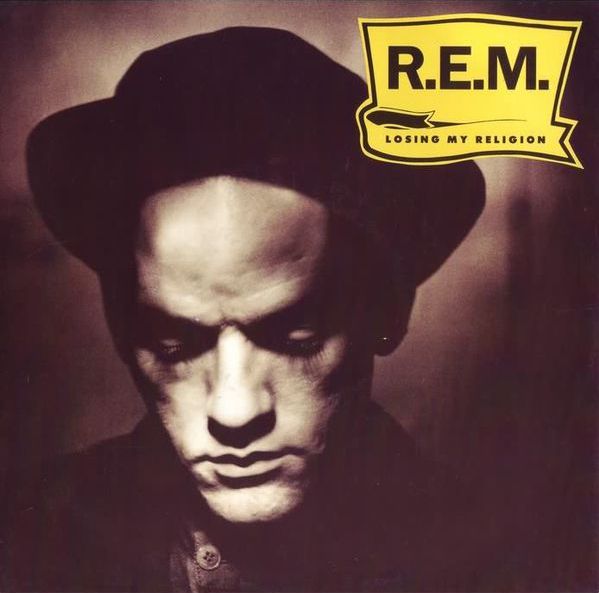
179
In one of my first articles for this site, I mentioned how R.E.M. are – for all intents and purposes – my favorite band. I’m not one of those cool fans who grew up on the band’s I.R.S.-era releases, and then abandoned the group once they went mainstream. While I was familiar with a few (obvious) tracks from Document and Green, the first R.E.M. album that I ever heard in its entirety was 1991’s Out of Time. The cassette that found its way into my household wasn’t mine, or even my older brother’s. It was my mom’s.
This song is the reason why my mom owned an R.E.M. album. Like a lot of other moms around America, she heard “Losing My Religion” over and over on the radio, and – not knowing anything of Chronic Town, “Kohoutek,” Wuxtry Records, or the 40 Watt Club – just decided, “I like this.” My brothers and I took note, and bought her Out of Time as a Mother’s Day gift – one of at least some degree of self-interest.
I honestly don’t remember loving that album back then. By the end of the summer of 1991, I had heard it too many times. However, it planted a deeper familiarity that would eventually lead my older brother and I to start seeking out R.E.M.’s earlier work. By the summer of 1993 – singles aside – we owned everything in this decidedly-odd group’s catalog.
Of course, in the two years between those summers, we had discovered a lot of other music as well. We had stopped listening to the local rock station, 98KUPD, and tuned into the “weird” stations on the further ends of the dial – even switching over to the AM band for the real “alternative” stuff. I suppose it was a natural progression for the kind of person who ends up putting a project like A Century of Song together, and it was all part of a process that this song played a critical role in.
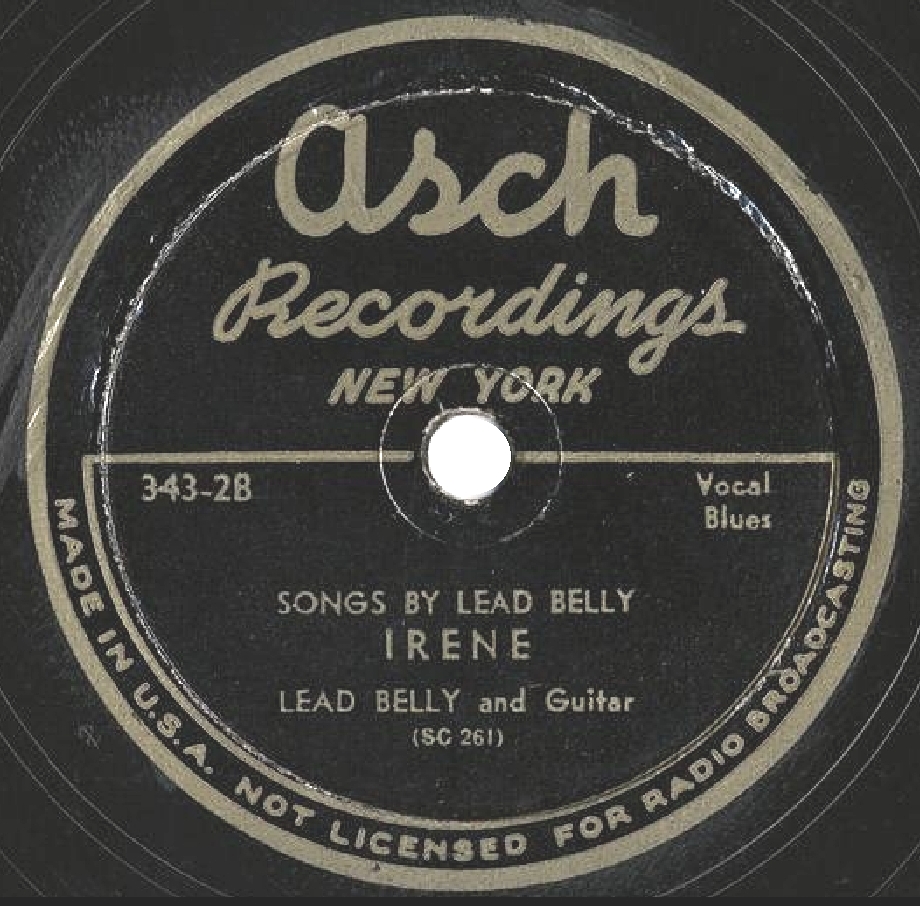
178
The origin of Huddie “Lead Belly” Ledbetter’s signature song is shrouded in mystery – not entirely uncommon for compositions that pre-date the 20th century. Ledbetter claimed to have learned a version of it from his uncles – performing it as far back as 1908 – but by the time he first recorded it in 1933, Lead Belly had made “Goodnight, Irene” his own.
That 1933 recording was made by folklorist John Lomax while Lead Belly was an inmate of Louisiana’s Angola state penitentiary. It was this background that would lead to Ledbetter’s eventual billing as a “singing convict” – paraded to upscale New York audiences as a something of a curiosity.
While his contemporary billing served to undermine Ledbetter’s genuine talents – and perpetuate a host of negative racial stereotypes – the stark simplicity of his recordings still retain the capacity to astound. “Goodnight, Irene” is striking in its depiction of a relationship that is far beyond complicated – even if its wording is economical. Though the song varied from one recorded version to the next, most included a variant of this verse, which Ken Kesey certainly noticed:
Sometimes I live in the country
Sometimes I live in town
Sometimes I have a great notion
To jump into the river and drown
Adding to that “complexity,” there’s this verse:
I love Irene, God knows I do
I love her ’til the sea runs dry
If Irene turns her back on me
I’m gonna take morphine and die
In Lead Belly’s hands, “Irene” would become an American folk standard, despite its dark nature. Though the country blues styling that he personified was on the decline by the peak of Lead Belly’s own career, his enduring melodies and haunting vocals would inspire countless artists in the folk, blues, and rock genres.
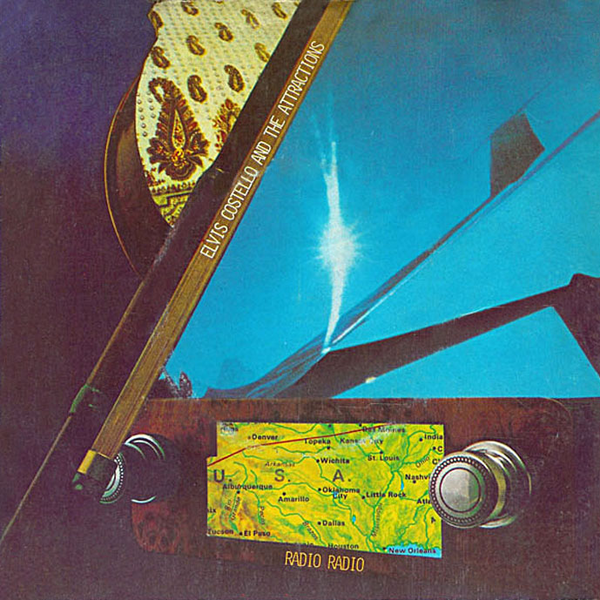
177
While 1978’s This Year’s Model found Elvis Costello displaying a particularly acerbic mood toward “it girls” and the “physical jerks” who loved them, a contemporary track saw him saving his harshest words for English radio programmers. Released in the UK as a stand-alone single, “Radio Radio” was a glorious example of Costello “biting the hand that feeds [him].”
Further reinforcing the muscular approach that The Attractions brought to Costello’s sharp songwriting, “Radio Radio” featured impressive performances from each of the band’s members: particularly Steve Nieve, whose keyboards gave the song its strongest hook. Of course, Costello’s contributions were plenty hook-y on their own, and when paired with the group’s urgent, kinetic energy, it was a foregone conclusion that the song would make waves on the very medium that it decried.
“Radio Radio” charted in the UK, and – thanks to a performance that earned him a decade-long ban on Saturday Night Live – increased Costello’s profile in the United States. There, the track was appended to the end of This Year’s Model, though at the expense of the also great “(I Don’t Want to Go To) Chelsea” (#770).
Throughout a career spanning parts of six decades, Elvis Costello has proven to be one of the most durable and versatile songwriters in the history of popular music. However, to the general public, he will always be remembered as the “Angry Young Man” who first hit the scene in the late-seventies. “Radio Radio” stands as the ideal realization of that version of Costello – as biting and powerful as it was when it arrived over forty years ago.
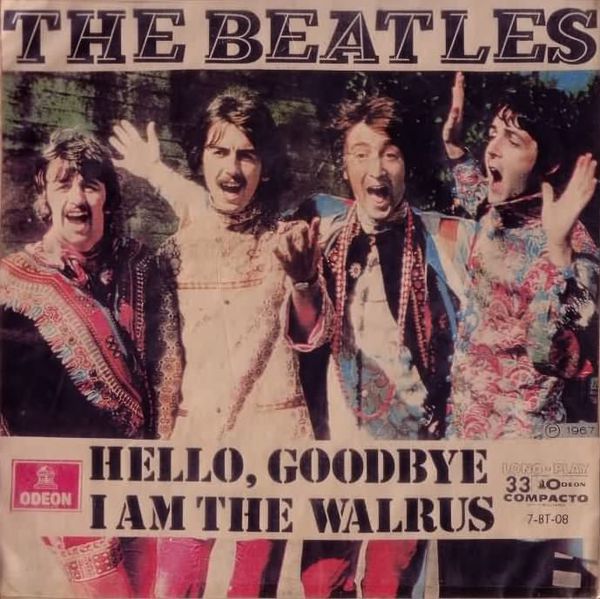
176
Even by their own standards, The Beatles were operating at an extraordinarily high level in 1967. The previous year had found the group retiring from live performances and rededicating themselves exclusively as recording artists. This newfound latitude allowed the group to fully engage in their wildest dreams, or – in the case of “I Am the Walrus” – their wildest nightmares.
While “I Am the Walrus” was a John Lennon composition, the finished product is every bit as much the work of the group’s producer, George Martin. Martin was game for whatever the group threw at him in 1967: from arranging the carnivalesque atmosphere of “Being for the Benefit of Mr. Kite”; to writing an orchestral score to the classical Indian-inspired “Within You Without You”; to whatever song it was for which Lennon asked Martin to make his voice “sound like an orange.”
Listening to the unadorned version of “Walrus” indicates just how much heavy lifting Martin was called upon to do for the song. While Lennon’s mix of Lewis Carroll, grotesque imagery, and in-jokes made for plenty intriguing poetry, it’s Martin’s soundscape that helped to elevate the song into The Beatles’ list of inner circle greats.
By the time of “Walrus,” the Lennon/McCartney “eyeball-to-eyeball” collaborations that had made The Beatles the biggest pop band on the planet had long since become a thing of the past. However, despite the fraying relationships within the band’s camp, the artistic synergy between these five (yes, five) individuals continued to produce stunning results.
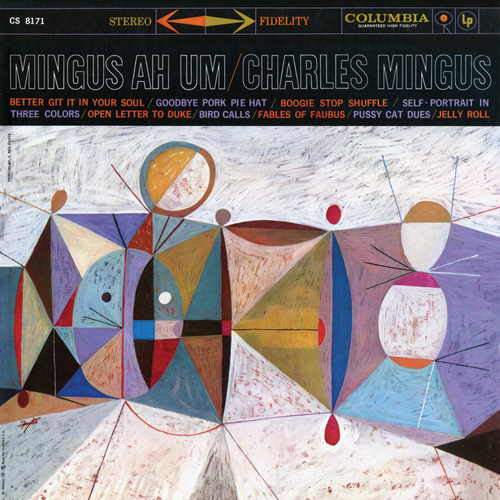
175
I’m of the belief that Charles Mingus – and quite possibly, jazz music as a whole – was never better than on 1963’s The Black Saint and the Sinner Lady. That album possesses a haunting quality unlike anything that I’ve ever heard elsewhere, and it stands among the most captivating pieces of music ever created. In Mingus’ esteemed catalog, there’s no shame coming in second, which is where his other masterpiece, 1959’s Mingus Ah Um, lands.
Ah Um is little less than a synopsis of everything jazz had produced, from its New Orleans infancy to the contemporary post-bop scene. Mingus serves as a spirited tour guide throughout its nine impossibly varied tracks, but is never more engaging than on the clarion call of the opening number, “Better Git It In Your Soul.”
“Soul” is brimming with, well… soul. Drawing from the gospel sounds that Mingus had encountered in his youth, the track is an exuberant celebration of life, set to a roaring seven-man arrangement. There are moments where its careening nature borders on cacophony, but Mingus’ keen melodic sense keeps it from going off the rails. While he was the consummate jazz bassist of his generation, Mingus realized that it was the horns that truly brought the hooks, and the work of John Handy (alto sax), Shafi Hadi (alto sax), Booker Ervin (tenor sax), and Jimmy Knepper (trombone) is pushed to the forefront of the mix.
Mingus was a true original, and the creator of some of the most uniquely rewarding music in American history. While his most trailblazing work would make him a hero among jazz’s vanguard, tracks like “Better Git It In Your Soul” displayed his remarkable ability to create something as communal as it was singular.

174
Throughout the sixties no group had made a bigger noise than The Who. 1969’s Tommy was particularly grand, and the tour dates that supported the rock opera made The Who’s live show the stuff of legend. At the dawn of a new decade – and after much blood, sweat, and tears – Pete Townshend hit upon a sound that was massive enough to match his wildest ambitions.
The resulting album, 1971’s Who’s Next, was carved from a larger conceptual piece called Lifehouse. While Townshend would ultimately abandon that project’s most garish elements – at least temporarily – many of its key songs and features would be displayed across the band’s next handful of releases. Most notably, several of those elements would be found on the opener to Who’s Next, “Baba O’Riley.”
The “Baba” in “Baba O’Riley” was a reference to Meher Baba – Townshend’s spiritual mentor. Townshend had once claimed to “program” Baba’s personality and/or vital signs into his synthesizer, in order to produce the arpeggios that give the song its iconic opening. In reality, that sound had much more to do with the work of Terry Riley (“O’Riley”), the minimalist classical composer who had risen to prominence in the pop world with 1968’s In C, and 1969’s A Rainbow in Curved Air.
While that decidedly modernist element would give the song a bit of novelty, at its core, “Baba O’Riley” was a continuation of the thunderous sound that The Who had grown into over the previous two years. It was a sound that made the band’s explosive singles from the mid-sixties sound positively quaint in comparison, and one that would pave the way for the ambitious arena-ready rock of the seventies.
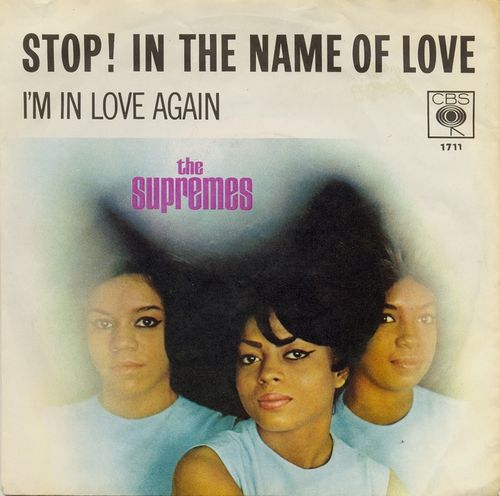
173
True to form, The Supremes crafted another classic single – and another massive hit – with “Stop! In the Name of Love.” One of Motown’s most immaculate production works, the track landed at the top of the American charts, and peaked at number seven in the UK in the spring of 1965.
Similar to later Supremes singles like “My World Is Empty Without You” (#342) and “You Keep Me Hanging On” (#287), there is a somewhat dark undercurrent to “Stop!” that gives it more emotional nuance than the average mid-sixties pop hit. Credit to Motown’s ace Holland-Dozier-Holland songwriting team, who also produced the track.
That undercurrent is driven by another fantastic performance from The Funk Brothers, and once again, bassist James Jamerson was the center of attention. Jamerson’s ascending eighth notes lent the song’s chorus a tension that is temporarily resolved in Diana Ross’ verses, but that comes back with each insistent repetition of the title phrase.
The Supremes, Holland-Dozier-Holland, Motown, and pop music itself would scarcely improve upon “Stop! In the Name of Love,” even during the halcyon peak of the mid-sixties. It remains one of the most indelible singles of its time – as vibrant today as it was upon arrival, fifty-five years ago.
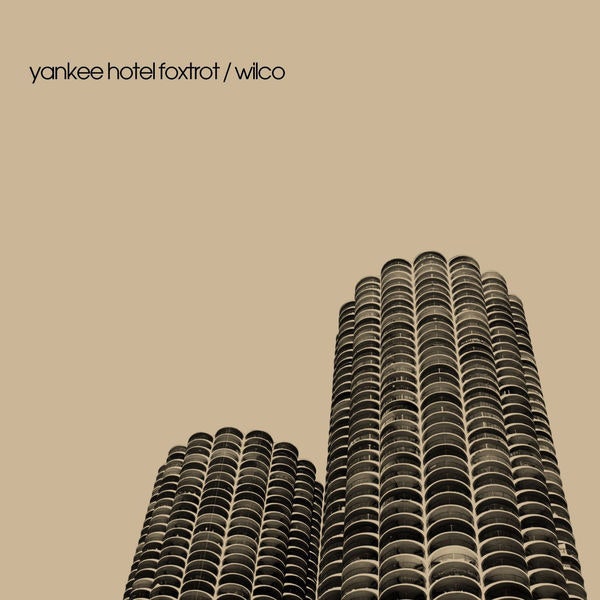
172
Over a thirty-plus year career with Uncle Tupelo and Wilco, Jeff Tweedy has established himself as one of the finest songwriters of his generation – literally writing the book on the subject. For all of his accolades and accomplishments, 2002’s Yankee Hotel Foxtrot stands as Tweedy’s pinnacle – the album where his craft was at its most ambitious and affecting.
Yankee Hotel Foxtrot may have famously gotten Wilco out of its contract with Reprise Records, but the album ultimately fit in perfectly within the post-9/11 zeitgeist in which it eventually arrived. From Tweedy’s album-opening declaration (“I am an American aquarium drinker”) to its final fade, YHF reflected the disjointed, anxious, and fatigued nature of contemporary America.
Nowhere was this more evident than on the album’s stunning twin centerpieces: “Jesus, etc.” and “Ashes of American Flags” – more on the former in a future installment. It was on “Ashes” where Tweedy’s newfound poeticism, and Wilco’s dabbling in the avant garde, merged most effectively. Amid visions of glowing ATM machines and burning flags, Tweedy drops some of the most poignant couplets of his career:
I’m down on my hands and knees
Every time a doorbell rings
I shake like a toothache
When I hear myself sing
All my lies are only wishes
I know I would die if I could come back new
That they’re delivered within one of his most engaging melodies – backdropped by production that invokes the smoldering nature of the title imagery – only makes the song’s allusions to depression, anxiety, and hope for regeneration all the more moving. On YHF‘s opening track (#760), Tweedy had declared his intention of “trying to break your heart.” If he hasn’t succeeded by “Ashes of American Flags,” check your pulse.
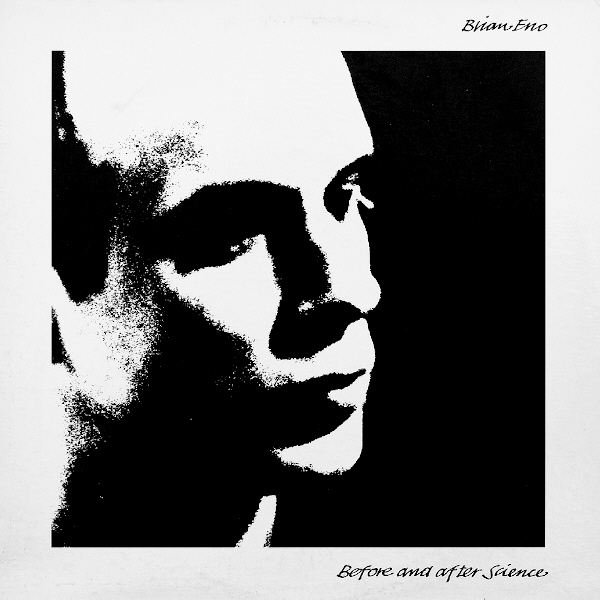
171
Time has been very kind to the work of Brian Eno. His solo records of the 1970s were not big sellers – easily eclipsed commercially by his groundbreaking production work for the likes of David Bowie, Talking Heads, and U2. However, over the past two decades, Eno has been rightfully recognized as one of the true pioneers of modern pop music, not only as a producer, but as a songwriter and performer.
In the mid-seventies, Eno began experimenting with what he referred to as “ambient” music. It was in this minimalist mode that he would create arguably his most influential work: particularly Discreet Music (1975), Music for Airports (1978), and the instrumental tracks from his masterpiece, Another Green World (1975). Mixing these atmospheric elements with a more song-oriented direction, Eno’s 1977 record, Before and After Science, seemed to herald a new era in pop music – alongside his contemporary work with Bowie.
The closing track to Before and After Science, “Spider and I” is one of the most arresting pieces in Eno’s discography. It was here that he found a perfect equilibrium between art and pop, effectively creating the “art pop” signifier that would abound in the decades to come. The song’s drifting synths were undoubtedly informed by Eno’s ambient experiments, but when employed in the verse/chorus/verse structure of a pop song, they were a revelation.
I’ve argued elsewhere that it’s difficult to imagine an album like Kid A existing without the template established by Before and After Science. “Spider and I” may be contained within a span of four minutes, but the possibilities that it represented were boundless.


